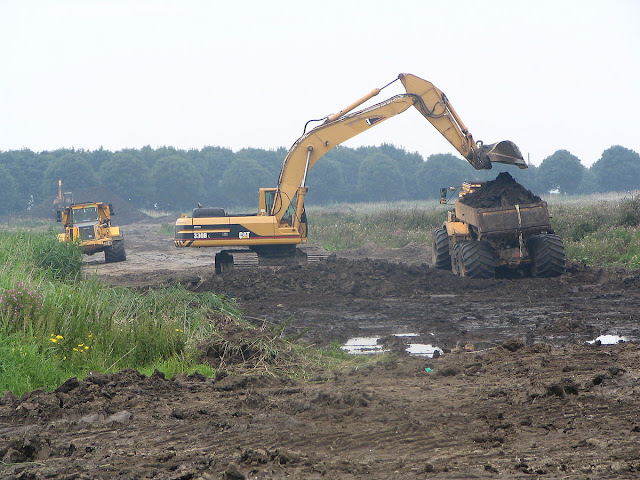Land Restoration: A Necessity for Sustainable Development
As the world population continues to grow exponentially, the demand for food, fiber and shelter has led to rampant degradation of land resources across the globe. According to United Nations, over 33% of the world's soil has already been severely degraded due to unsustainable agricultural practices. This poses a serious threat to global food security and livelihoods of millions. However, through carefully planned restoration initiatives, much of the degraded land can be brought back to productivity. This article discusses the need for large-scale land restoration efforts and highlights some successful projects from around the world.
Reasons for Land Degradation
There are various direct and indirect factors responsible for the deterioration of land quality over the years. Over-cultivation of agricultural land without applying the principles of crop rotation has depleted soil nutrients in many regions. Unsustainable grazing practices have also stripped away vegetation cover leaving the top soil highly susceptible to wind and water erosion. Indiscriminate deforestation for commercial use and rising fuelwood demand from growing population has degraded vast forest lands. Rapid urbanization and industrialization have consumed high amounts of productive agricultural and grasslands. Climate change induced factors like frequent droughts and floods have exacerbated land degradation in recent decades. Unless addressed properly, continued degradation will undermine long-term food and environmental security.Importance of Land Restoration
Restoring degraded land is crucial not just for boosting agricultural production but also for attaining other sustainable development goals. It aids in sequestering carbon from the atmosphere, improving biodiversity, protecting watersheds and recharging groundwater tables. Land restoration through afforestation and regeneration of vegetation cover prevents soil erosion and promotes rainfall retention in watershed areas. This ensures reliable water supply for domestic as well as irrigation needs. Rehabilitated grasslands support livestock rearing and halt decline of pastoral communities. Restored degraded mining and industrial lands enable new green jobs and businesses to flourish. Overall, land restoration helps build climate resilience of vulnerable regions and communities.
Successful Land Restoration Projects
Here are some examples of large-scale Land Restoration projects making tangible impact across the globe:
- The Loess Plateau project in China is renowned for reversing severe soil erosion on over 5.5 million hectares using techniques like terracing, plant cover and new irrigation infrastructure. This has boosted agricultural productivity and incomes in the region.
- In India, initiatives like the Million Wells Mission and watershed management programs under various five-year plans have regenerated vegetative cover and recharged groundwater on millions of hectares of degraded land since 1980s.
- The African Forest Landscape Restoration Initiative launched in over 20 African countries aims to restore 100 million hectares by 2030. Early results show revival of forests and woodlands has improved livelihoods of local communities.
- The Bonn Challenge, a global effort to bring 150 million hectares of the world’s deforested and degraded land into restoration by 2020 and 350 million hectares by 2030, has restored over 70 million hectares already with involvement of 50 partner countries.
Key to Success
For land restoration projects to sustain long term, an integrated approach involving community participation remains crucial. Long-term landuse planning and policy reform, stable tenure rights to stakeholders over restored lands, and market access for products like timber help ensure economic viability. Scientific research and monitoring facilitates selection of suitable species, restoration techniques and guides adaptive management. Public private partnerships can mobilize requisite technical and financial resources at scale. With concerted global efforts, hundreds of millions more hectares can be restored to fulfill rising demand for food while also tackling climate change.
Large-scale land restoration should be a policy priority for all nations in the coming decades.Done correctly, it offers enormous social, economic and environmental benefits.While technical solutions exist, strong political will and community support will drive widespread restoration efforts. International cooperation under initiatives like the Bonn Challenge can help make a substantial dent in global land degradation.With land being fundamental to sustaining life on earth, restoration is indispensable for achieving environmental security and development for present and future generations.




Comments
Post a Comment